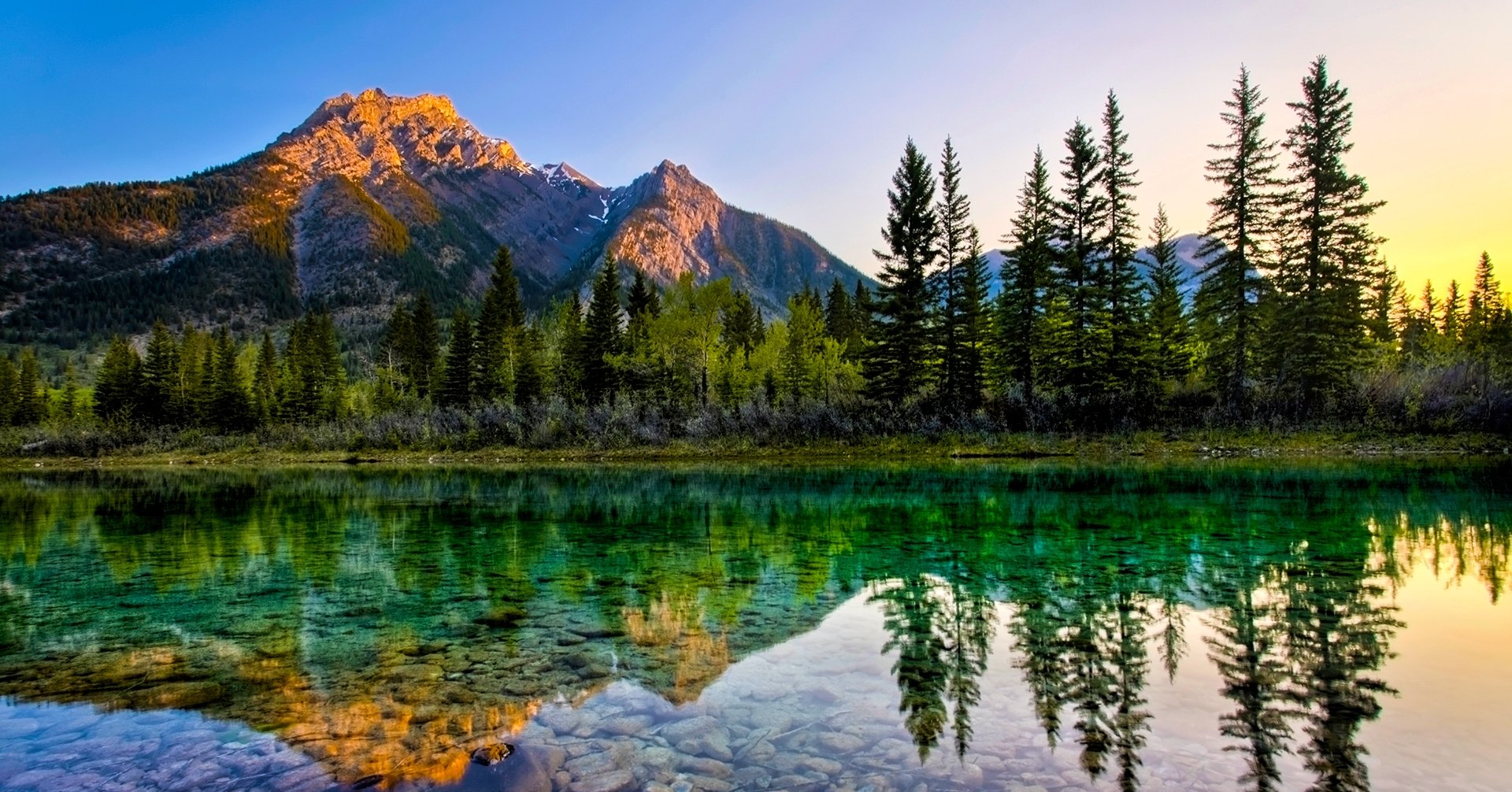You could say we’ve been here a while
The impressive peaks of Kananaskis were formed some 200 million years ago from the pressure of shifting tectonic plates. The rock, mainly limestone, was created from layers of fossilized sea creatures. Limestone is very soft and, 12,000 years ago during the last ice age, glaciers carved the limestone into the spectacular mountains we see today. Marine fossils are still abundant in the Canmore Kananaskis area including ancient coral reefs, oyster beds, and shark teeth.
People arrived much later, but there is evidence that humans have inhabited the area dating back to 4500 BC. It was still inhabited by the Stoney and Blackfoot First Nations as recently as the early 1800s and the area still holds significant spiritual meaning to First Nations people.
One of the great explorers of the Canadian Rockies, Captain John Palliser, named the area on an expedition more than 150 years ago. He chose the name Kananaskis, derived from the name “Kin-e-a-kis,” a warrior who survived an axe blow to the head spurred by a fight to win the attention of a woman.
In 1930, the provincial government gained control of portions of land once controlled by the federal government that were at one time part of Rocky Mountain National Park (now Banff National Park). In the late ‘50s and early ‘60s a series of provincial parks were created and soon after, the eastern slopes of the Rocky Mountains were the topic of debate. Some recognized the region as a critical area that needed to be protected while others had envisioned massive development including a highway upgrade to service a potential growing population.
A Calgary-based environmentalist lobbied the provincial government create a large protected area to preserve the magnificent ranges and valleys, flourishing forests, and emerald-green waterways. Peter Lougheed, Premier of the province at that time, flew over this vast wilderness in a helicopter and was inspired to preserve the landscape and fragile ecosystem. Premier Lougheed established Kananaskis Country as a protected, ecological reserve and recreation area.
Today Kananaskis Country covers 4,000 square kilometres (1,544 square miles), a collection of formally designated wildland parks, provincial parks, recreation parks, ecological reserves and cultural zones, each of which enjoys a different level of protection and bears a different set of specific regulations and restrictions. Check in at the Visitor Information Centre to learn where you might pursue your favourite outdoor activities, including hiking, canoeing, snowshoeing, xc-skiing and sightseeing.
